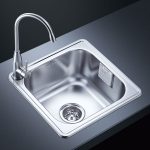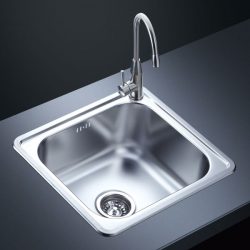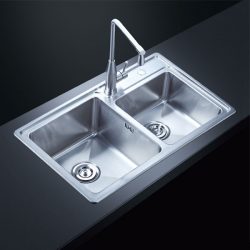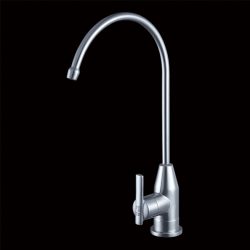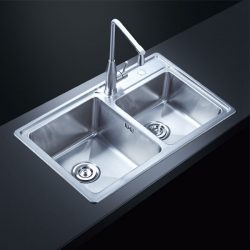Tips For Replacing Kitchen Faucets
We first close the water outlet valve, then remove the Kitchen Faucets , first look at the structure, there is a blue rubber ring underneath, first remove the rubber ring, then press the top, push out the ceramic valve core inside, take After it comes out, you can remove all the parts inside. Since the water is leaking, we must find the problem. Let’s take a look at the valve core. There is a small gap between the two sides. It is because of this gap that the water leaks.
We find a whetstone or sandpaper, and keep polishing it, and smooth the gap. After that, it will be smooth and there will be no gaps. We should not polish it too hard, otherwise the water will leak due to the impact of water. At that time, it can only be replaced with a new one.
The ceramic valve core is not particularly easy to damage, it is usually because it is not tightly fitted that it will drip. If the valve core is okay, look at the gasket. It may be a gasket problem. Just change a gasket of the same type. , Because continuous sanding may break on its own, so it’s better to be careful.
Remove the small screw on or behind the faucet handle to remove the handle fixed on the faucet body. Some screws are hidden under metal buttons, plastic buttons or plastic sheets. Open the button and you will see the handle screws on the top. You can use a wrench to loosen and remove the valve core, use a clamp to remove the shaft gasket, and replace it with a new shaft gasket or replace the valve core.
Reinstall the handle and put the button or disc back. Turn on the water supply again and check for leaks.
Water leakage at the connection of the faucet base is caused by the wear of the gasket in the gland. You can loosen the screw to remove the bolt head, then loosen and remove the gland, then take out the gasket inside the gland and replace it with a new one.
The above content is organized and shared by the Supplier of Stainless Steel Faucets , hoping to help those in need.



